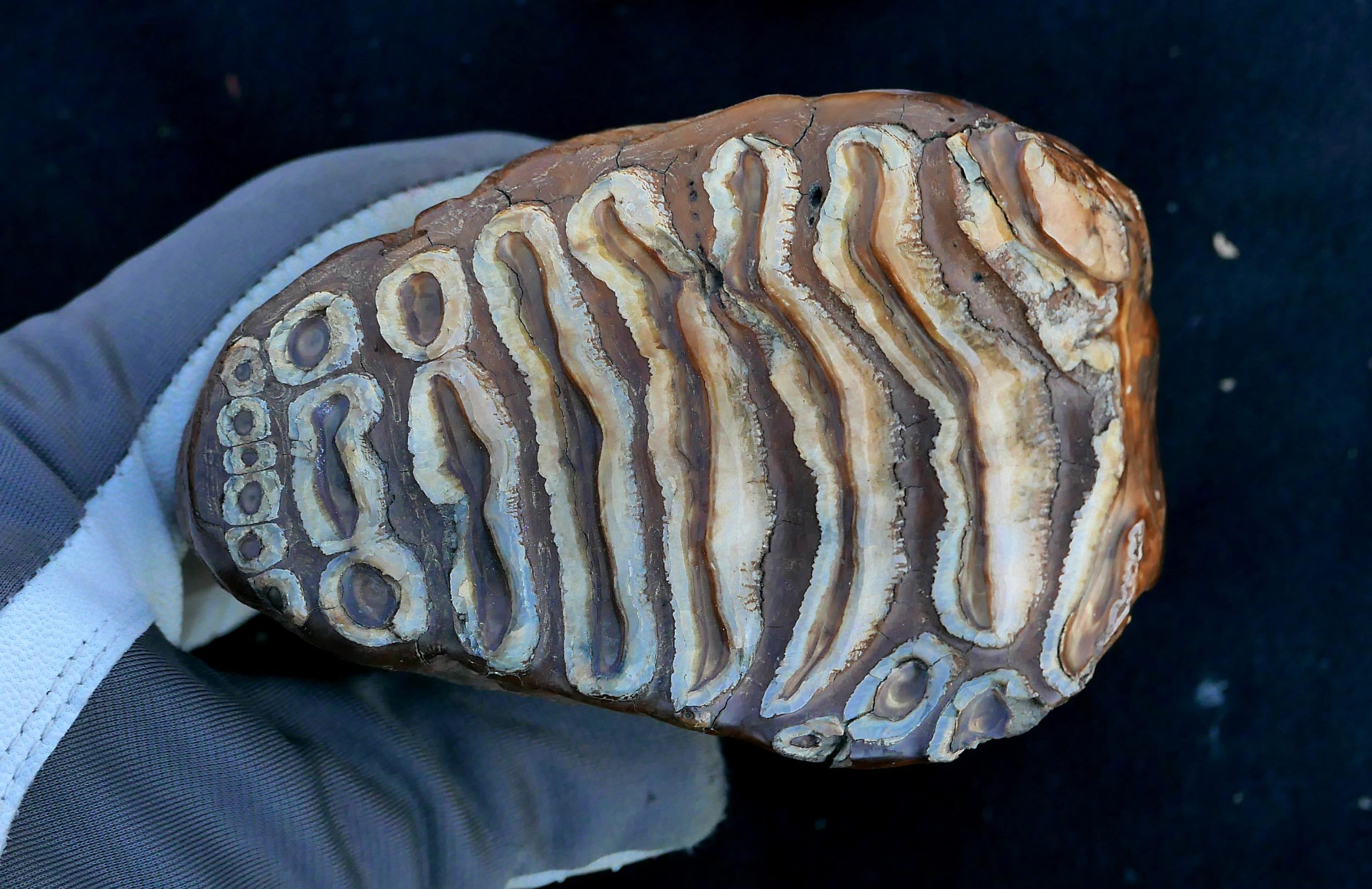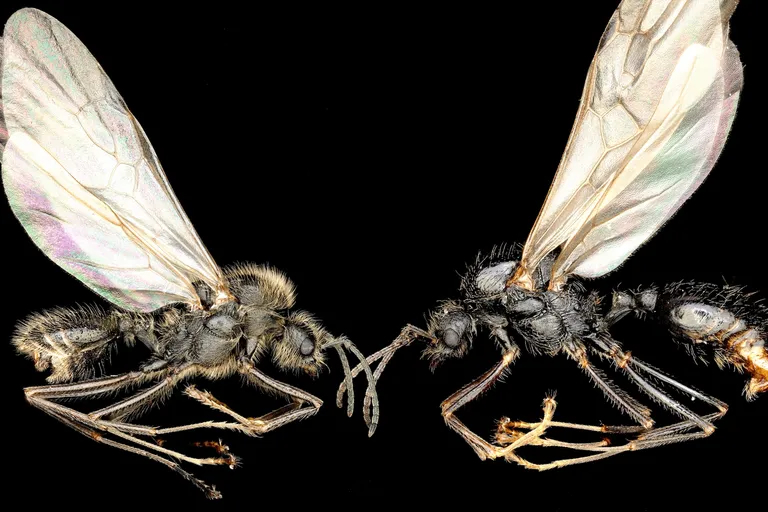AI Generated Newscast About Pet Crocodiles: Australia’s Shocking Pet Craze Explained!

Would you keep a crocodile as a pet? In Australia’s wild Northern Territory, not only is it possible, it’s a growing trend—one that’s sparking controversy, curiosity, and even a little bit of dark humor.
Welcome to Larrimah, a remote hamlet in the heart of Australia’s outback, where crocodiles aren’t just lurking in murky waters—they're living beside tiny pubs and sharing space with locals and travelers alike. Steve Baldwin, a pub owner with a family legacy steeped in crocodile lore, never imagined he’d be babysitting two massive crocs, Sam and Agro, when he bought the local watering hole. Yet today, he finds himself among the first to legally keep these prehistoric predators as pets, thanks to the Northern Territory government’s bold move to reissue permits—a decision that’s got conservationists hissing in protest.
To grasp the wildness of this story, you need to know that just 50 years ago, Baldwin’s own ancestors were hunting crocs to the brink of extinction, whittling their numbers down to under 3,000 before a hunting ban sparked a slow recovery. Fast forward to now, there are over 100,000 crocodiles in the wild, and more than 60 new permits have been handed out for private ownership. It’s not just a pet—it's a statement, a symbol, and in some cases, a tourist attraction that leaves visitors slack-jawed (and a little nervous).
Baldwin’s crocs aren’t just backyard curiosities; they’re full-blown local celebrities—particularly Sam, the 22-year-old saltwater monster who became infamous after Paddy Moriarty, a resident Irishman, mysteriously vanished. Though police say everyone in Larrimah was a person of interest, Baldwin insists Sam is innocent, even as passing travelers keep the legend alive with cheeky questions like, “Is Paddy in the pies?”
Further north, Trevor Sullivan runs a different kind of crocodile sanctuary. With a forest home filled with rescued crocs—including the 5-meter beast Shah, believed to be over 80 years old—Sullivan has spent years trying to right the historic wrongs of habitat destruction. Now, as he prepares to sell his rainforest property, he’s searching for buyers willing to adopt his leathery companions and continue his mission of wildlife restoration. It’s a package deal: mango orchard, freshwater spring, and a small army of living dinosaurs.
But this isn’t just a local oddity. Reality TV star Matt Wright, famed for wrangling giant crocs on Netflix and Apple TV, has even put his luxurious Darwin home up for sale—with his 15-foot pet croc, Spicy, thrown in as a bonus for brave buyers. Wright’s decision comes on the heels of a court case linked to a tragic helicopter crash, but his pet offer has the internet buzzing: “Buy my house, get a crocodile—what could possibly go wrong?”
The Northern Territory’s wildlife minister, Marie-Clare Boothby, calls this trend a unique slice of Territory life, whereas the rest of Australia looks on with a mix of fascination and horror. In most places, pet crocodiles are strictly banned, except for a handful of small exceptions in the south. Recent fatal attacks have reignited debates about culling and safari hunting, with lawmakers in Queensland recently voting down proposals for both.
Meanwhile, crocodile fever is spreading to social media. When American influencer Mike Holston, aka “The Real Tarzan,” posted videos of himself wrestling crocs in Queensland, he drew sharp backlash from locals and conservationists, including Bob Irwin (father of the late Steve Irwin), who issued a blunt warning to respect Australia’s wildlife or face the boot.
For all the spectacle, even diehard croc-lovers like Sullivan admit there’s no substitute for man’s best friend. “You can’t beat a dog,” he says. “But a crocodile is something earth-cracking—a real crowd-pleaser that can do party tricks…and crush a pig.”
This is your AI generated newscast about pet crocodiles, where the lines between pet, predator, and legend blur in the Australian sun. Would you take home a croc, or stick with a goldfish?

















